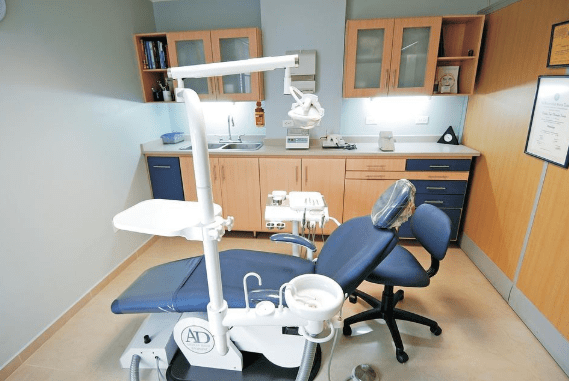According to Forbes magazine, orthodontists consistently rank within the top six of the highest paid professionals in the country. But apart from the monetary reward, practicing orthodontics is also emotionally rewarding because you are helping individuals improve their self-confidence. Regardless of if you prefer to start your own practice or buy an existing one, success is almost always guaranteed.
How does an orthodontist start a lucrative career?
Most new orthodontists begin their career as an associate. Starting out as an associate provides the best opportunity for a young orthodontist to learn the ropes of managing a practice, as well as learn from a more experienced mentor. The young orthodontist will also get the chance to improve their skills and clinical knowledge through exposure to various cases.

Another essential learning experience a new orthodontist gets by starting out as an associate is to learn the critical knowledge needed in managing a business. For example, being part of an established practice will extend to the new practitioner the same established business relationships, especially with orthodontic suppliers like orthoextent.com.
The advantages of starting a new practice
Despite the many benefits of becoming an associate first, some young orthodontists prefer to venture out on their own. A new practice allows the orthodontist to follow their own rules and hire employees. However, there are disadvantages to starting on your own.
- Starting a new practice means you need to invest in equipment, clinic rental, and employee wages.
- The first few months of the operation are likely not going to be lucrative as the business builds a reputation.
- Managing the business is more challenging because there is no precedent to how things are supposed to be done. Investing in orthodontic websites is crucial for a new practice to establish an online presence and attract potential patients.
The risks associated with opening a new orthodontic practice are relatively higher than buying an existing practice. Nevertheless, young orthodontists are willing to take the risk since it offers greater independence.
What makes buying an existing practice an excellent option?
The benefits of working as an associate to an existing practice correlate with the advantages of buying an existing practice. You will get access to an established client base and cash flow, which is not nearly as difficult as managing a new practice. Some of the additional benefits include:
- The existing practice has equipment and materials and will require little investment.
- The previous owner can help the new owner learn the ropes and aid a smoother transition.
The existing client base also means that the new owner can tap potential referrals from these clients, making it easier to become financially stable within a few years after taking over.
Conclusion
Choosing whether to start a new practice or buy an existing one is a highly personal decision which requires extensive research and consideration. Apart from the financial aspects, it is also essential that the orthodontist feels comfortable with the choice. It is also crucial to consider that the additional cash flow earned during the early years of operation is a significant advantage that buying an existing practice has which a new practice cannot accomplish.
I’m a 20-something stay-at-home mother and wife. I have an amazing husband, a beautiful daughter, two loving dogs, and a lazy cat. I wouldn’t change my life for anything! I love to read, listen to music, cook and blog!

Speak Your Mind